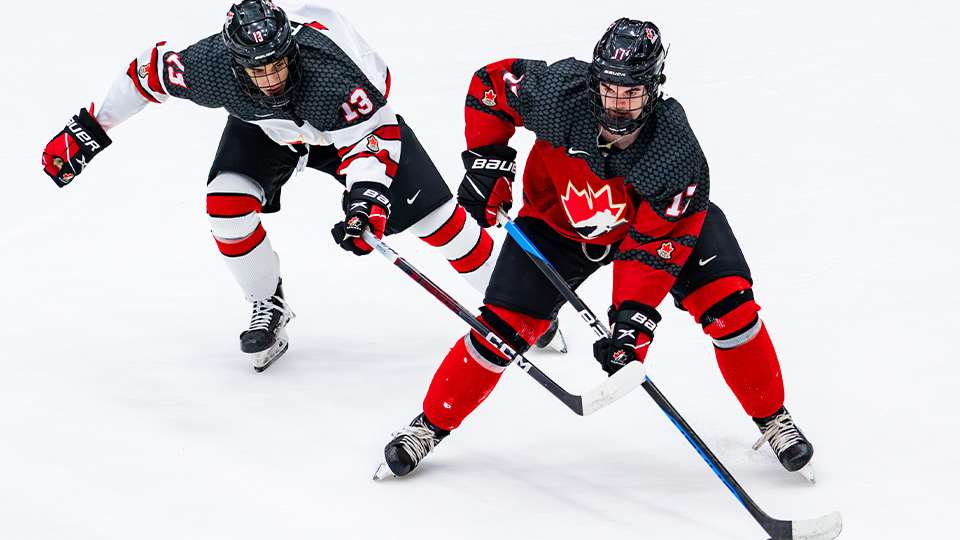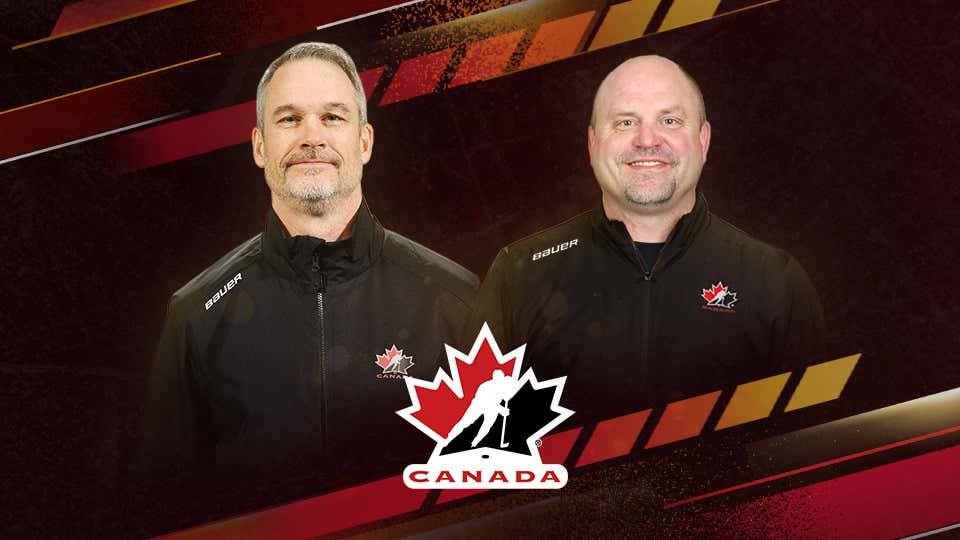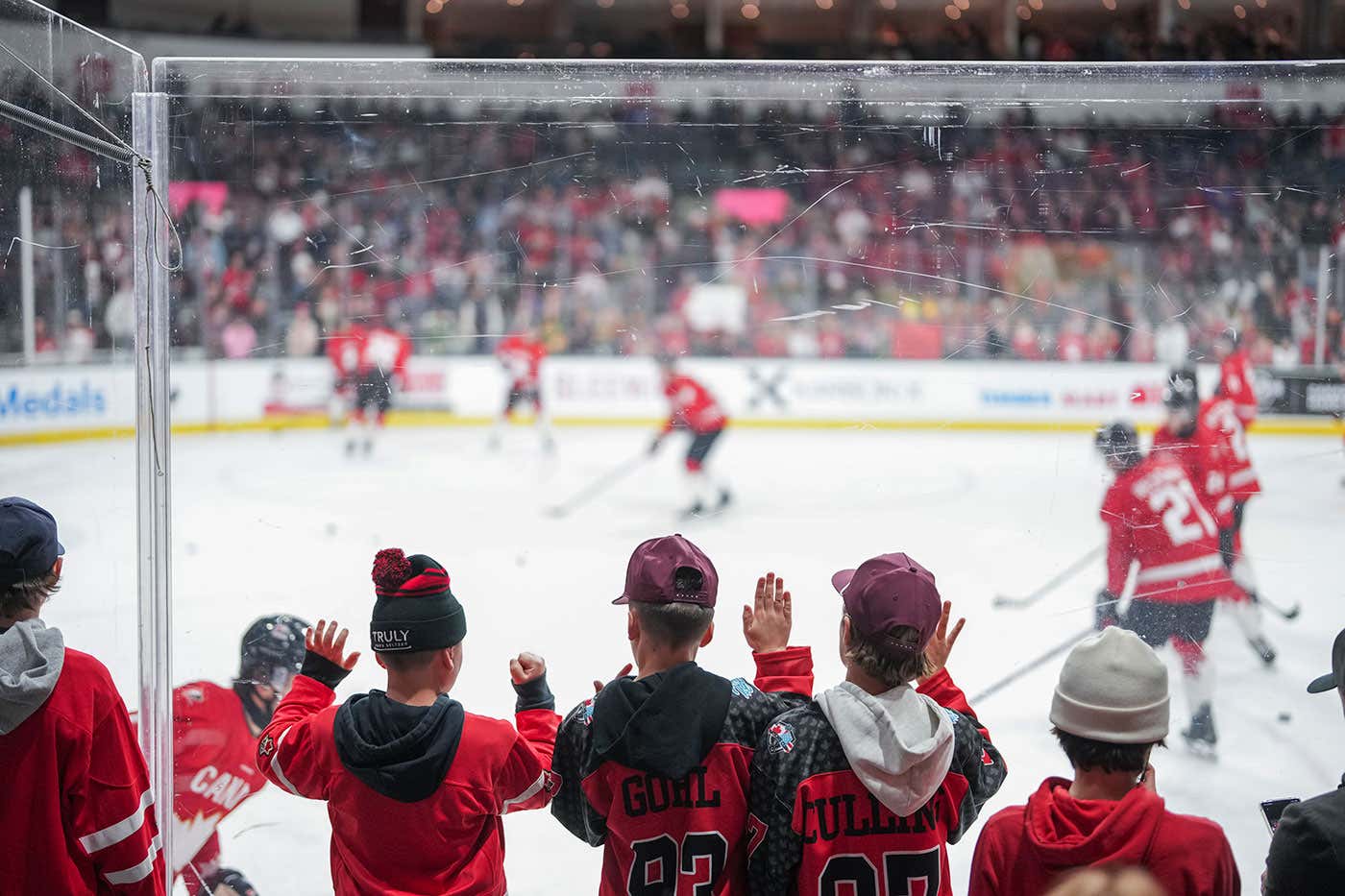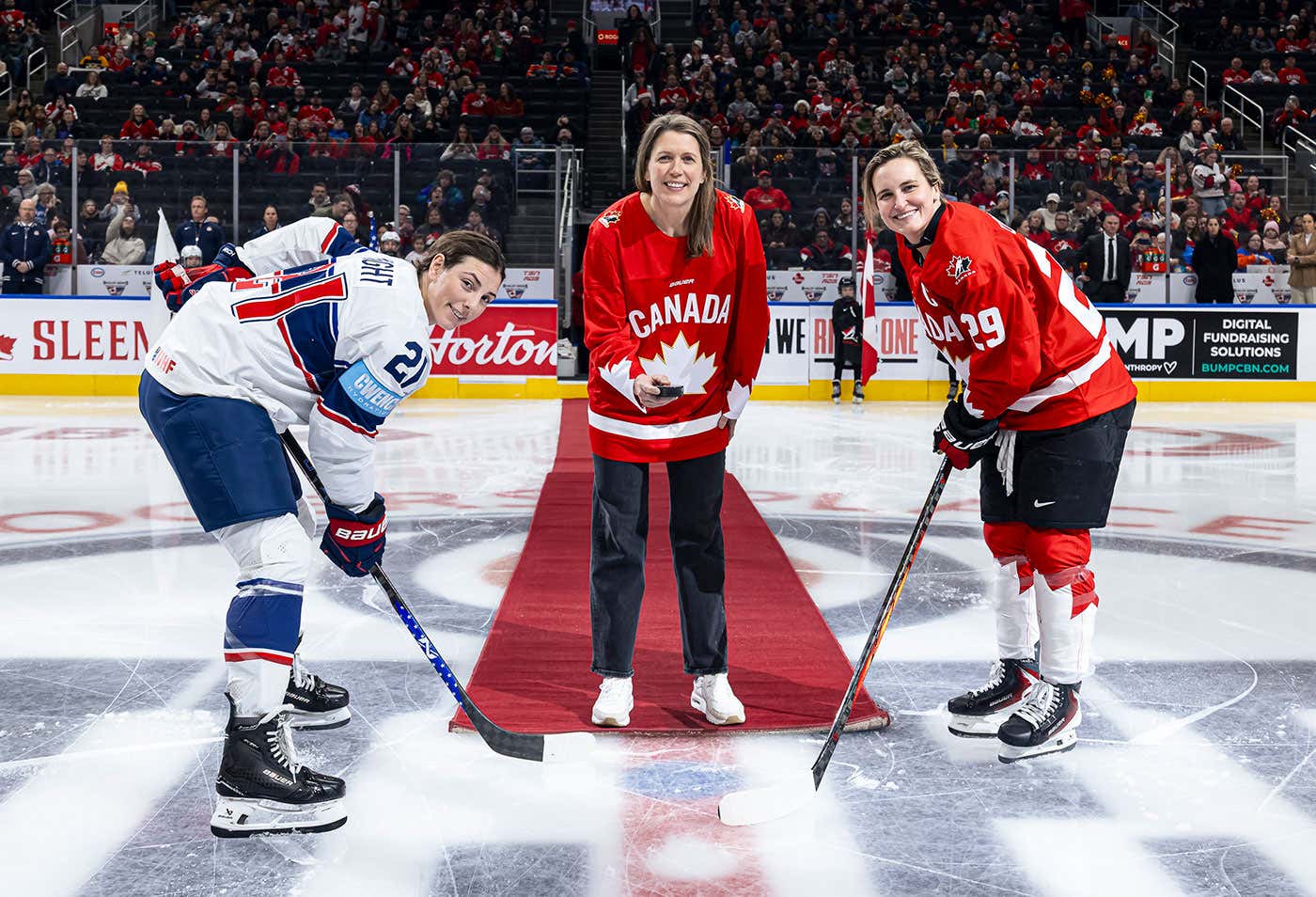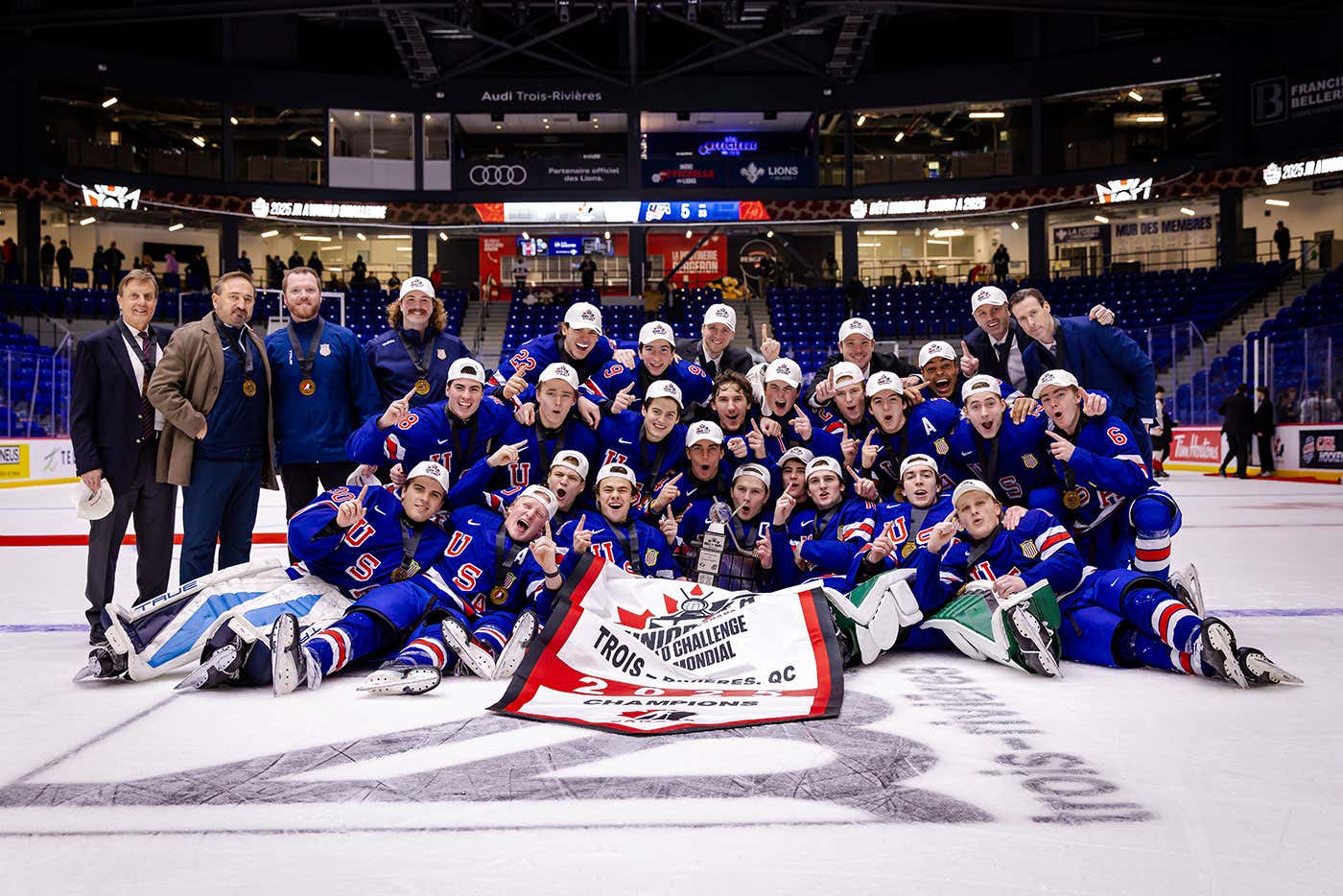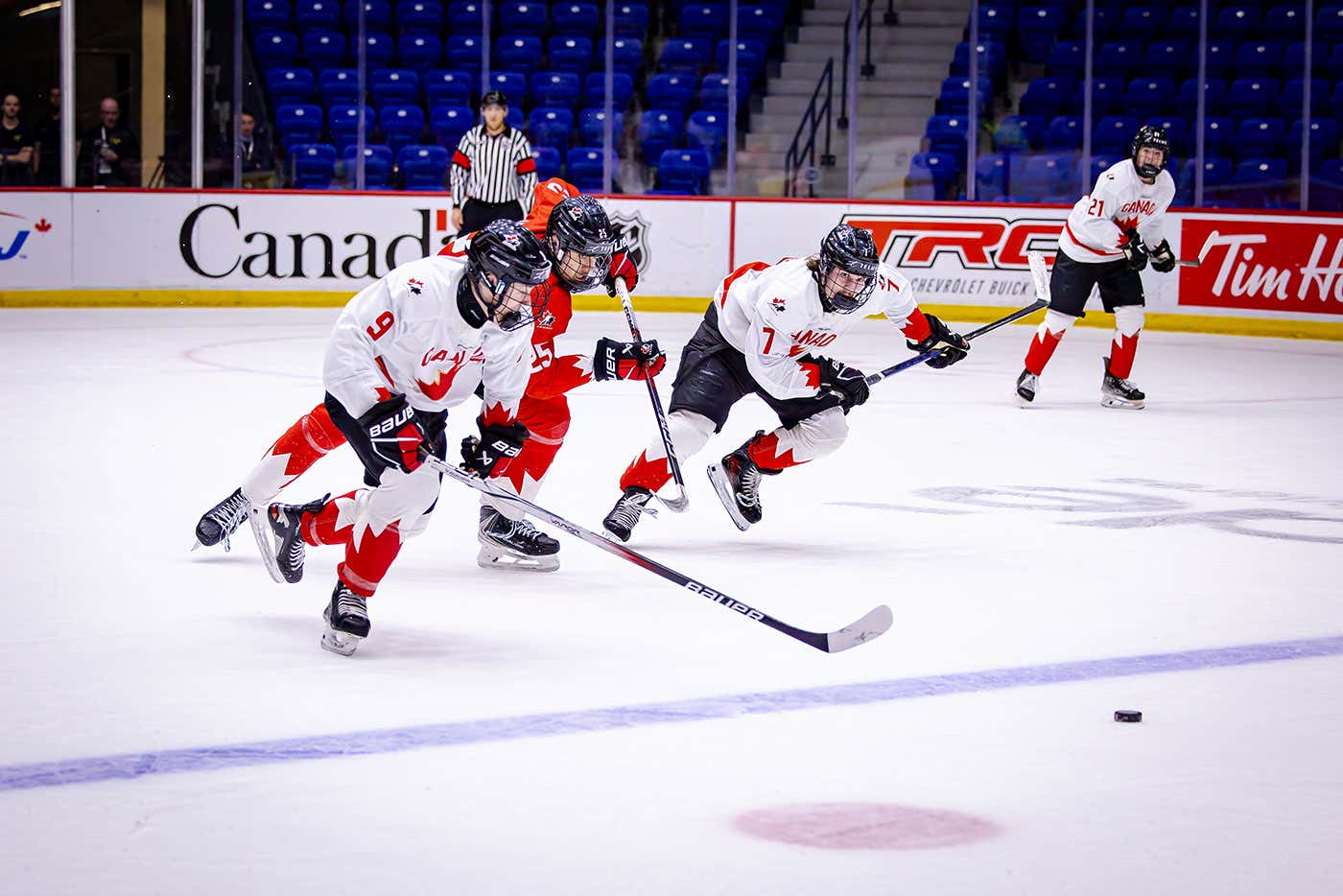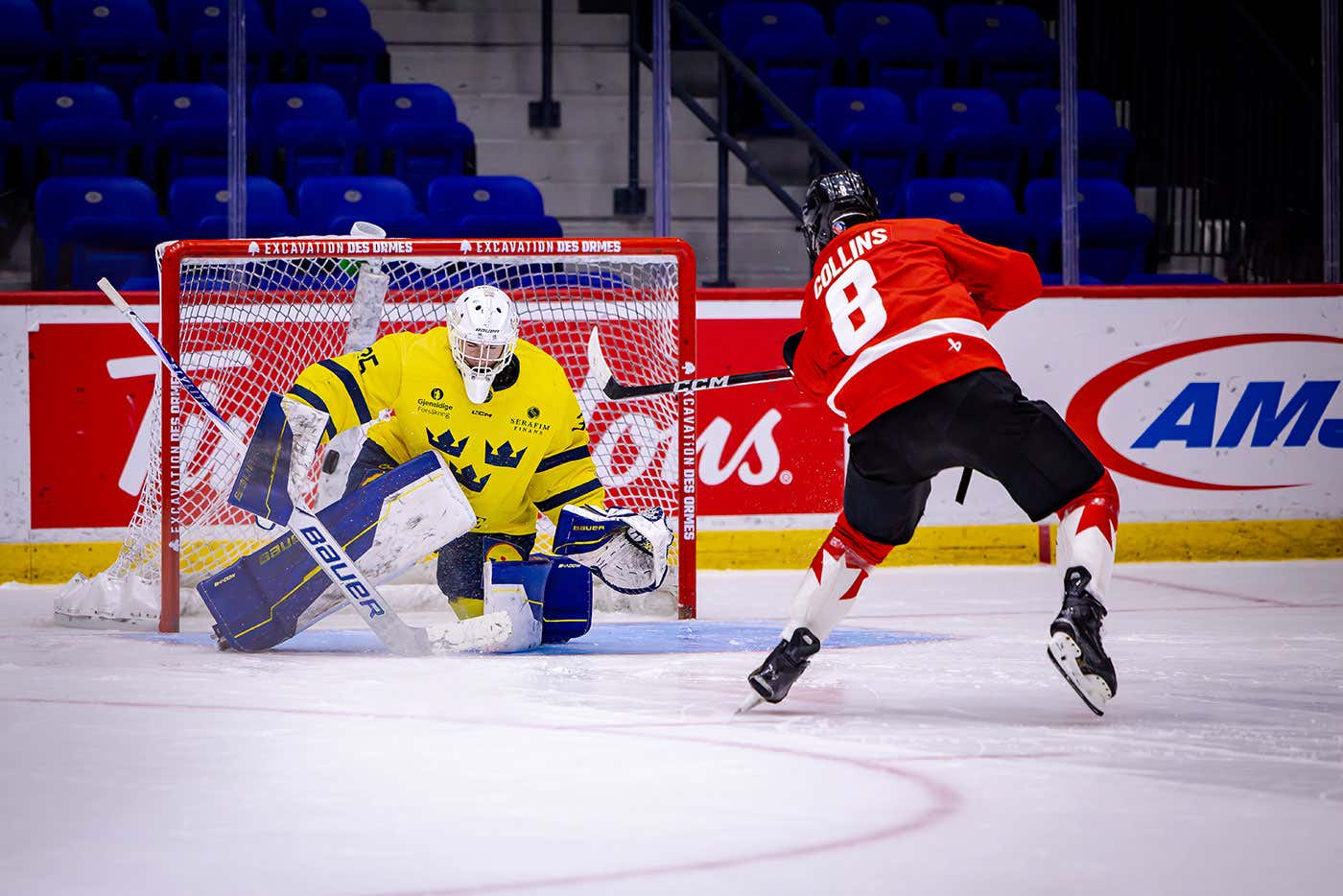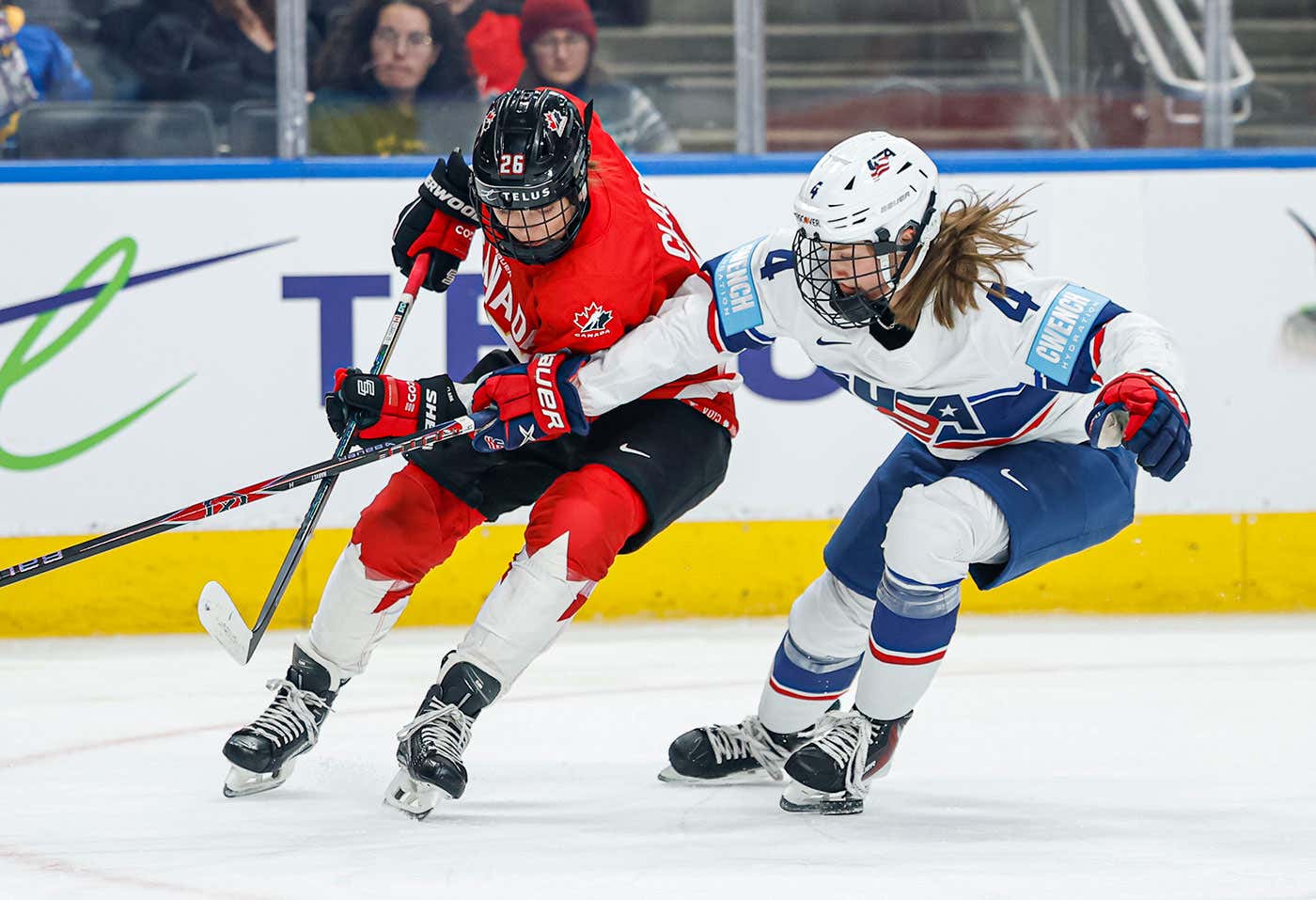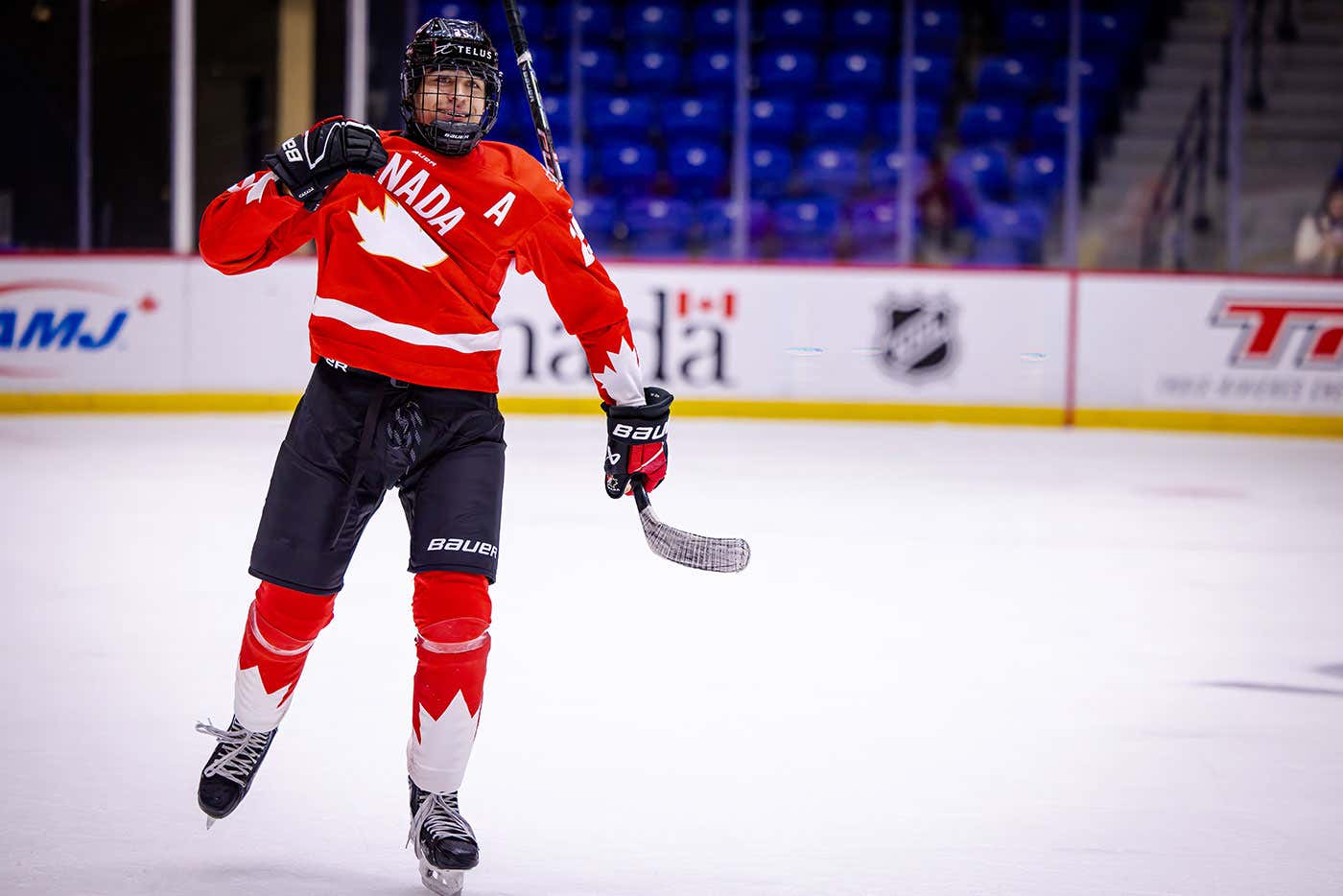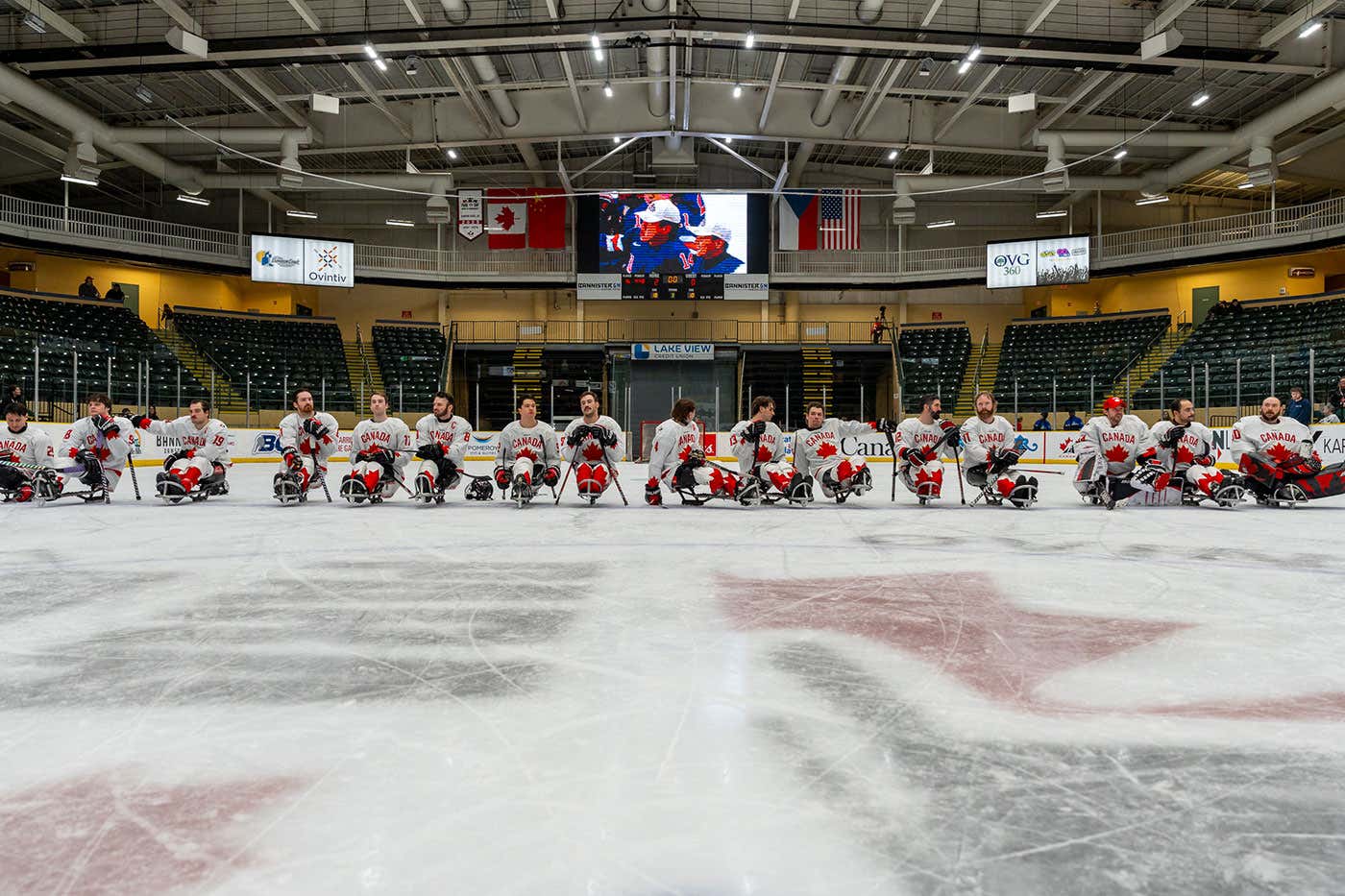They’re two of the biggest events on the Junior A calendar; the premier opportunities for scouts to check
out the very best Junior A hockey has to offer in best-on-best competition.
And next season, for the first time, the World Junior A Challenge and CJHL Prospects Game will be under
one roof – a one-stop shop of sorts for pro and college/university scouts, and for fans of the game.
Historically, the World Junior A Challenge is held in early November, with the CJHL Prospects Game
following a month later. But in 2011, a pair of prospects games will be part of the World Junior A Challenge
festivities, adding another element to what is an already high-profile week for Junior A hockey.
The move is the latest initiative in the partnership between Hockey Canada, the Canadian Junior Hockey
League and the National Hockey League, designed to advance the Junior A game to the highest level.
“We have always considered the CJHL Prospects Game on par with the World Junior A Challenge,” says Kirk
Lamb, chairman of the Canadian Junior Hockey League. “We stepped back and asked whether these events would be
better delivered and received together. Together, these events are more attractive to the NHL, Hockey Canada
and scouts. We also felt that both events would benefit if the host community, CJHL, Hockey Canada and the
NHL could focus all of their resources in one location and at one time.”
“As a scout it’s a huge benefit,” says Dennis MacInnis, director of scouting for International Scouting
Services, of hosting the two events in one location. “It makes it easier for scouts to identify Junior A
talent without tremendous travel. It allows for double coverage and more viewings, since scouts will be able
to concentrate on scouting Junior A players. Anything that makes viewing easier and simplifies the travel and
logistics will help players be seen and hopefully identified as college and university recruits and pro
prospects.”
For the first time, Canada West and Canada East will each form an identification committee, which will
include one representative from each of the team’s five respective CJHL leagues. The committee will identify
60 players for evaluation camps in September 2011, then ultimately assist Hockey Canada high performance
staff and the team’s coaching staff in selecting 32-36 players that will be invited to the selection camps
held immediately prior to the World Junior A Challenge.
“With the addition of Hockey Canada high performance staff, and with the changes made to the format of the
selection camps, we have enhanced the development opportunity these events provide our players,” said
Lamb. “In addition, these events are extremely well-attended by the scouting community from the NHL,
CHL, NCAA and others, so our players continue to get the high degree of exposure that will result in more
athletic and academic opportunities.”
The new player identification and evaluation process has proven successful for Hockey Canada’s Program of
Excellence and is aimed to increase performance and heighten Canada’s representation at the World Junior A
Challenge, which was created in 2006 to highlight the talent in Canada's ten Junior A leagues. The host
community and schedule for 2011 have yet to be announced.
Since the puck was dropped at the first CJHL Prospects Game in Yorkton, Sask., in 2005, the game has
showcased some of Junior A hockey’s biggest names – Kyle Turris, Joe Colborne, Dylan Olsen, Riley Nash and
Beau Bennett all played in the game just months before their names were called in the first round of the NHL
Entry Draft.
All five of those players also wore the red and white of Team Canada at the World Junior A Challenge,
meaning they got twice the exposure.
And that’s one of the biggest advantages to combining the two events – even more draft-eligible
17-year-olds will have the spotlight shone on them. Players taking part in the World Junior A Challenge won’t
skate in the prospects game, opening up roster spots for players who previously may not have had the
chance.
In addition, those players will have the opportunity to experience the World Junior A Challenge a year
before many of them could represent Canada and play in the tournament.
“It comes back to development, exposure and opportunity, and the World Junior A Challenge and CJHL
Prospects Game provide each of these,” Lamb says. “Our players are exposed to scouts from the NHL, NCAA, CIS,
Canadian Hockey League and other leagues because these events provide the scouting community with the
convenience of seeing our best players and top prospects in one location. The result of development and
exposure is more athletic and academic opportunities for our players.”
An added perk to the growth of the events has been the increased caliber of Junior A hockey, not only in
the national and international events, but in all 10 of the CJHL’s leagues across the country. More players
are realizing the opportunities that Junior A hockey offers, whether those opportunities be on the ice or in
the classroom.
“We’re seeing a higher level of play,” Dennis MacInnis, director of scouting for International Scouting
Services, says. “Players are fitter, faster and more skilled. Programs in Canada have become more
professionalized. Gone are the days of mom and pop-operated Junior A clubs. The leagues in general have
raised their standards and the teams have followed suit. Looking at the number of quality college and pro
players whose roots are in Junior A hockey, it is easy to see that Hockey Canada, the CJHL, its leagues and
teams are continuing to develop high-level talent.”
That talent has been key to the Junior A game, which has grown exponentially in the few years since the
World Junior A Challenge and CJHL Prospects Game came into existence. If that growth is to continue, the
showcase events must develop, much the same way the players do.
And for everyone involved – from Hockey Canada to the CJHL and scouts at every level – bringing the game’s
biggest events together in one location is a definite step in the right direction.

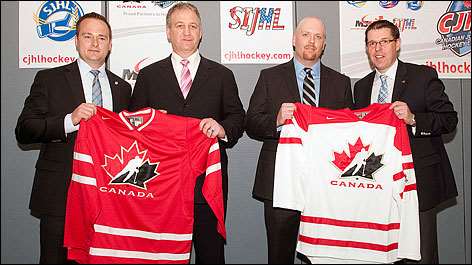
















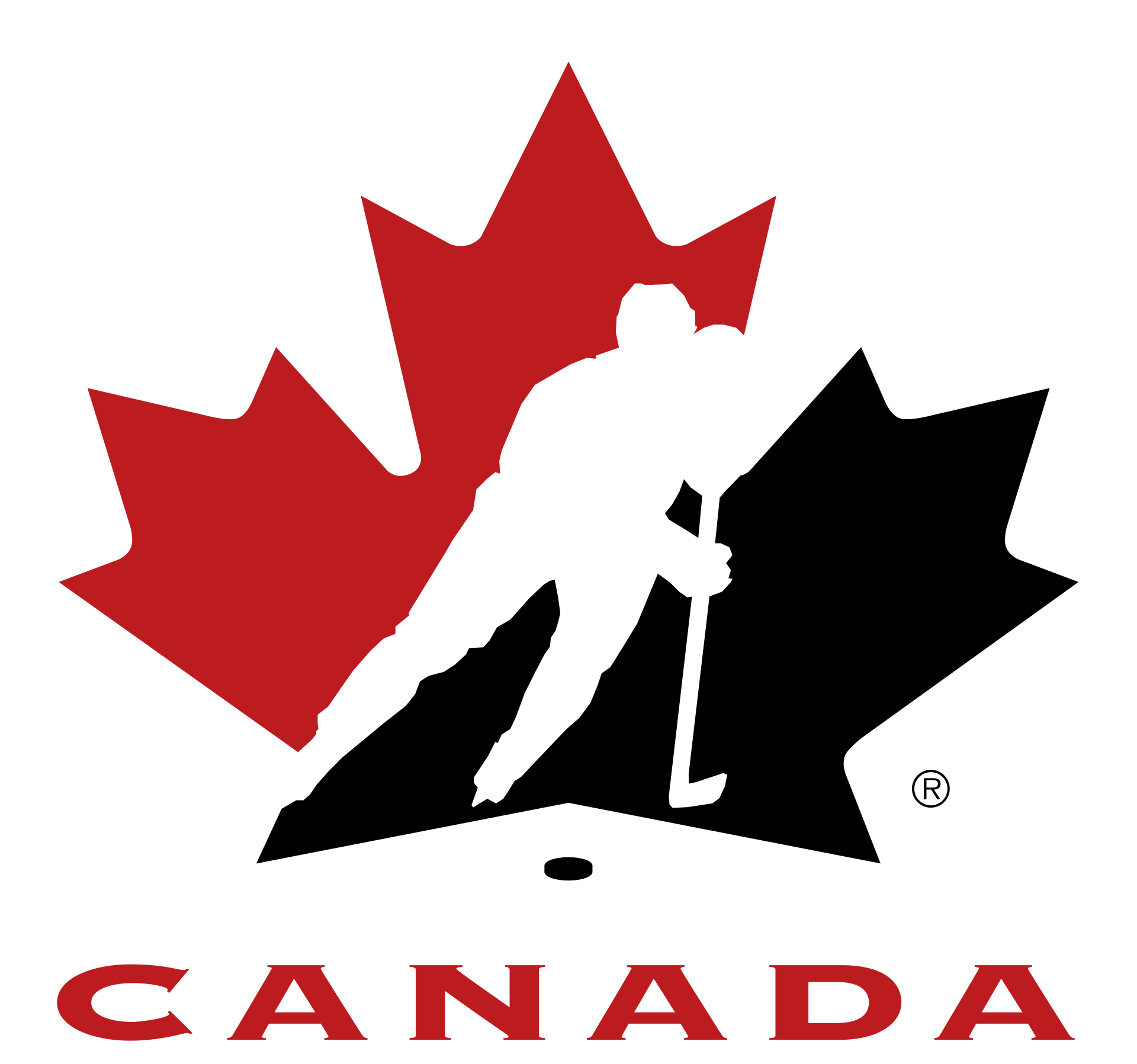

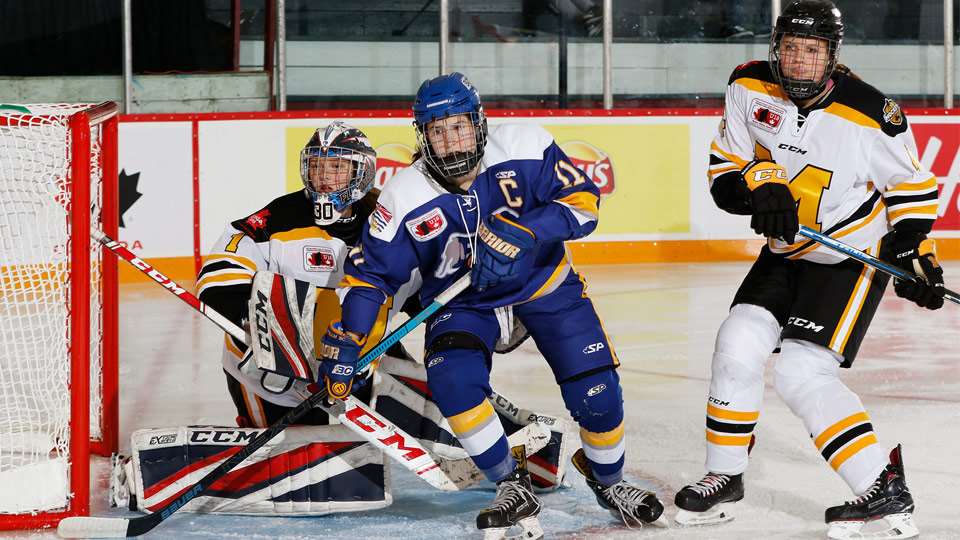
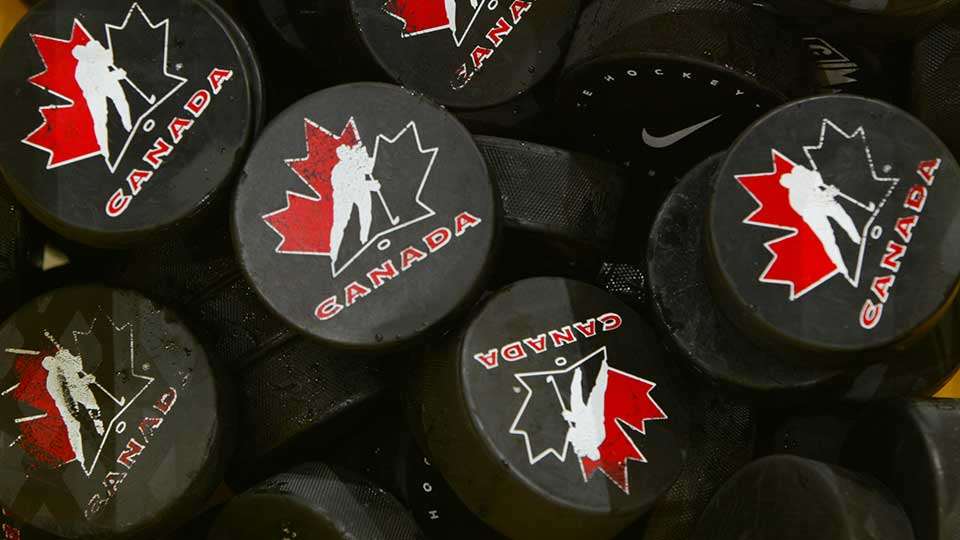
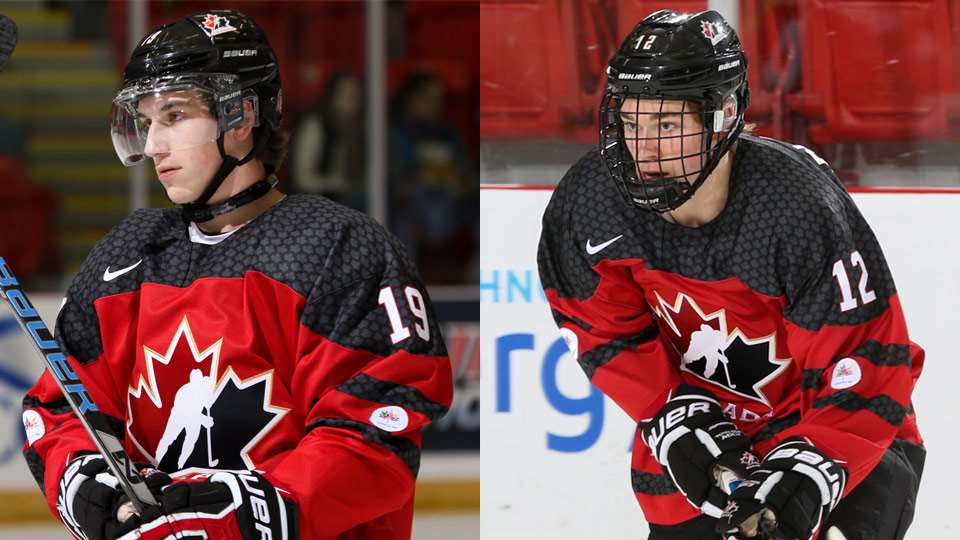


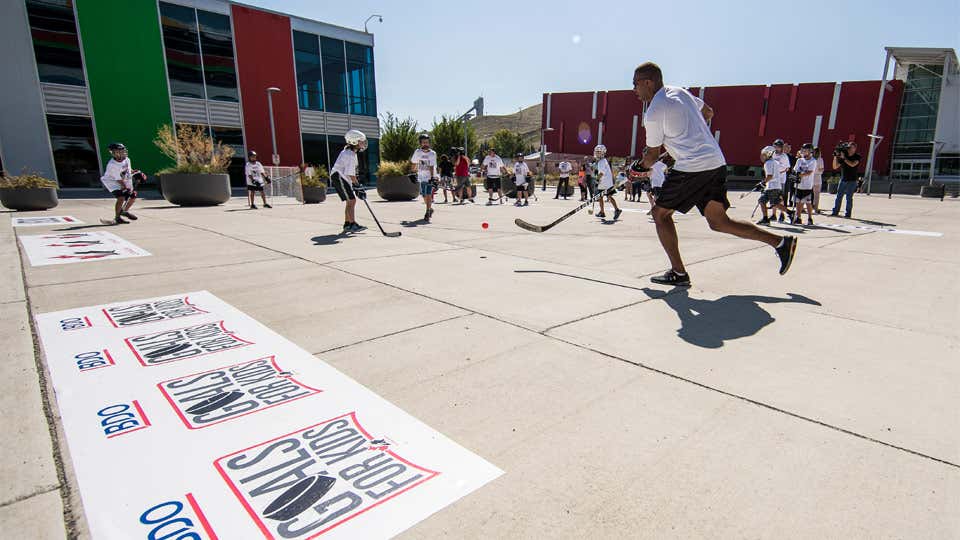
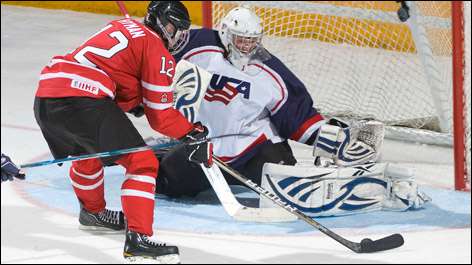

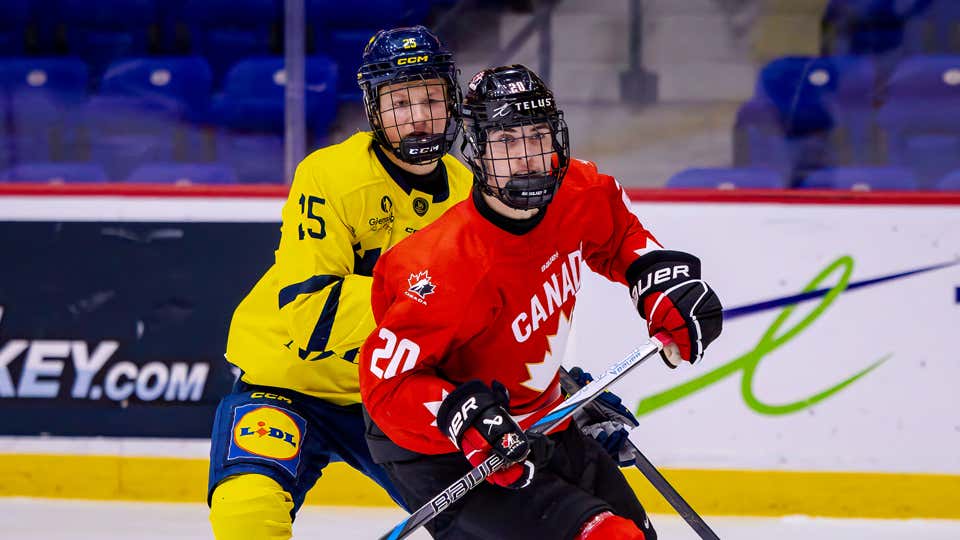

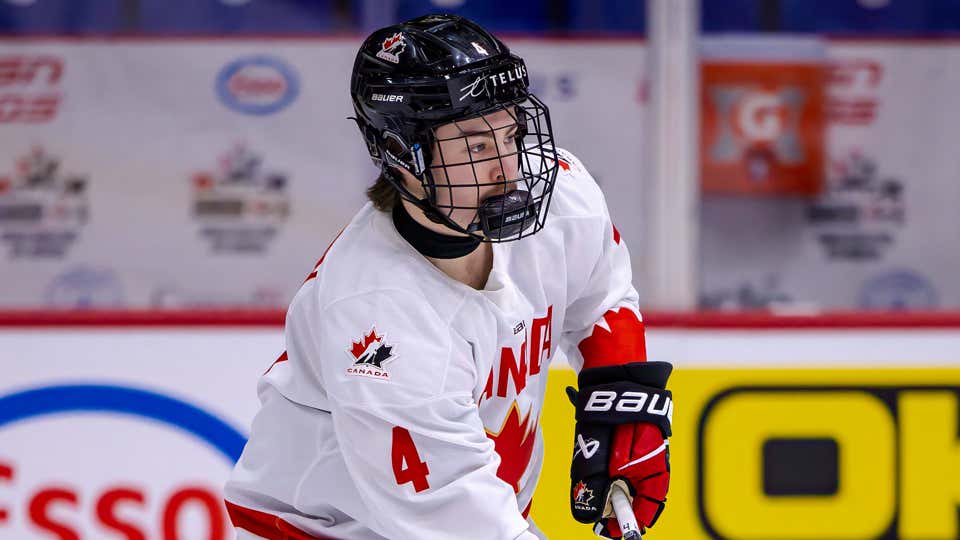
 Tao with his dad, Joel.
Tao with his dad, Joel.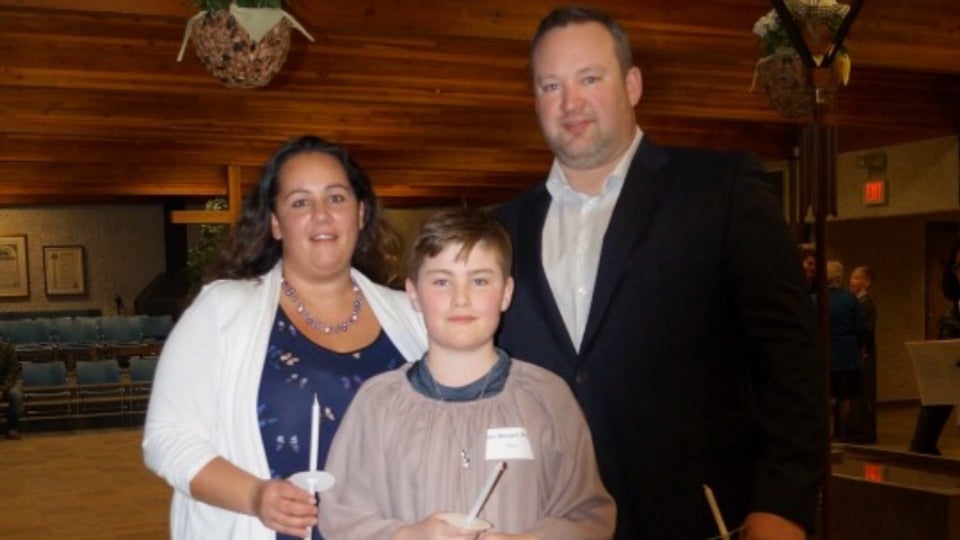 Tao with his aunt Tasha and uncle Scott.
Tao with his aunt Tasha and uncle Scott.